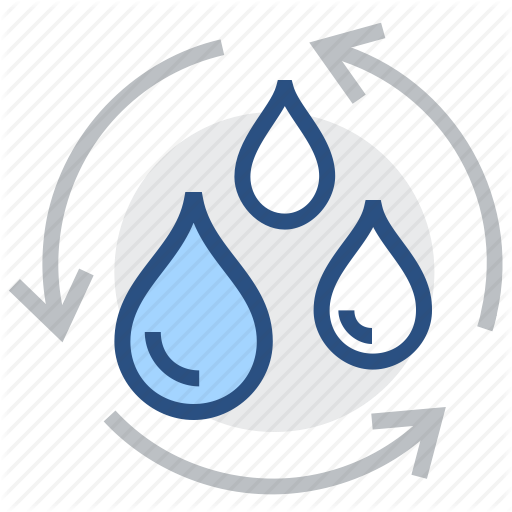Purification of Solid Waste from drainage

Wastewater is characterized as the stream of utilized water from homes, organizations, ventures, business exercises and foundations which are subjected to the treatment plants by a precisely planned and built system of funnels. There are no occasions for wastewater treatment, and most plants work 24 hours each day of the week. Wastewater treatment plants take a shot at basic purpose of the water cycle, helping nature shields water from the intemperate contamination. But the abundant amount of undesirables in the waste water such as solid wastes and other form of materials that do not form the waste water treatment can overwhelm the system at times due to rainfall and natural forces. In order to remove a certain amount of solid waste and undesirables from the waste water we use the automatic gutter cleaning machine which is intended to as a check point at various focus points where the waste get accumulated. Thus it reduces the work done by the treatment plan and facilitates smooth flow of waste water system.
Ganesh U L,et.al. “Automatic Drain For Sewage Water Treatment Of Floating Materials”, Vol No- 05, Jul-2016.
Dr .K.KUMARESAN “Automatic waste Cleaning Equipment”, 2016.
James C. Conwell, G. E. Jhonson “Design, Construction and Instrumentation of a Machine to Measured Tension and Impact Forces in Roller Chain Drives”,
Mr. Nikhil S. Pisal1, et.al. “Structural Analysis Of Motorcycle Chain By Using C.A.E. Software”, Vol No-4, Special Issue (02), February 2015.
In submitting the manuscript to the International Journal on Integrated Education (IJIE), the authors certify that:
- They are authorized by their co-authors to enter into these arrangements.
- The work described has not been formally published before, except in the form of an abstract or as part of a published lecture, review, thesis, or overlay journal.
- That it is not under consideration for publication elsewhere,
- The publication has been approved by the author(s) and by responsible authorities – tacitly or explicitly – of the institutes where the work has been carried out.
- They secure the right to reproduce any material that has already been published or copyrighted elsewhere.
- They agree to the following license and copyright agreement.
License and Copyright Agreement
Authors who publish with International Journal on Integrated Education (IJIE) agree to the following terms:
Authors retain copyright and grant the International Journal on Integrated Education (IJIE) right of first publication with the work simultaneously licensed under Creative Commons Attribution License (CC BY 4.0) that allows others to share the work with an acknowledgment of the work's authorship and initial publication in this journal.









